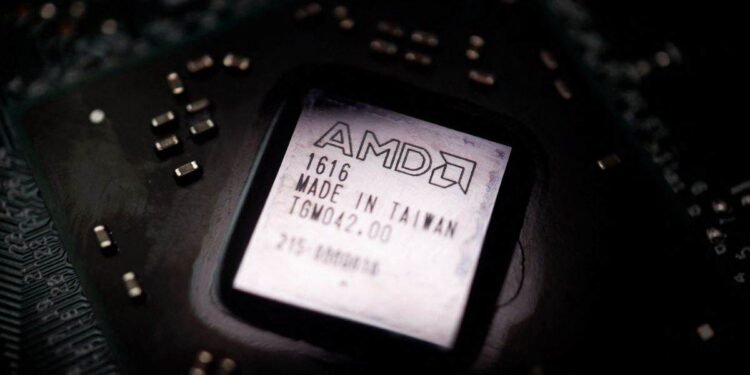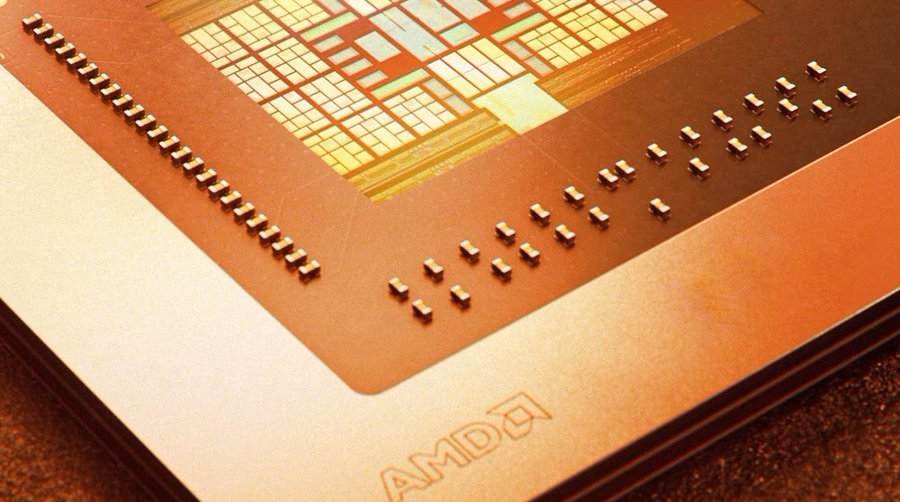AMD or Nvidia? Well, that is a war we will leave the gamers to fight! Both may claim to be better than the other but if there is one thing that is common with both, it is the crashes and other technical issues that may crop up. For this particular guide, we will be focusing on the custom resolution issue that many players with AMD graphics cards are facing with the AMD software. Since you clicked on this, you too are not able to set a custom resolution in your AMD software. So, how can you fix it? Well, keep reading to know.
These compatibility issues when trying to create custom resolutions like 5160×2880 or 8K on AMD graphics cards have persisted for quite some time. This issue is not entirely new and has been reported by users for quite some time. So, is there any fix yet? Are there any effective workarounds worth trying? Let’s take a look!
AMD custom resolution not compatible issue: How to fix it
Currently, there is no official or universal fix for this issue. However, due to its prevalence, several player-suggested workarounds are out there to try out. While not guaranteed, these alternative methods have helped some players! Here are those workarounds:
Restart
First things first, start by restarting your PC. Keep it unplugged for a few minutes before powering up again. After this, start the AMD software again and see if you are able to set a custom resolution. Hopefully, this simple workaround will fix the issue for you! If not, move on with the other workarounds given below.
Check the AMD GPU Drivers for Updates
Make sure your AMD GPU drivers are up to date! Newer driver versions often include bug fixes, performance improvements, and better support for newer display resolutions. By checking for updates through AMD Radeon Settings or the AMD website and installing the latest drivers, you can potentially fix issues related to custom resolution settings.
Check Settings
One player mentioned a workaround where manually setting the “Timing Display” values to match those in the “Resolution (Px)” and experimenting with different “Timing Standard” settings such as “CVT” and “CVT – Reduced Blanking” helped with solving the issue. Adjusting the “Refresh Rate (Hz)” to 60Hz and trying various combinations of these settings is what you can try as well.
CRU
Another effective workaround involves using the Custom Resolution Utility (CRU). CRU is a third-party software tool that lets you create and customize display resolutions beyond what is typically supported by default settings in graphics drivers. So for this particular issue with AMD graphics cards, CRU can be used to set the desired resolution. You can refer to this forum for a more detailed breakdown of how to use CRU.
CRU and Radeon settings
For this workaround, first, adjust the scaling mode to full panel in Radeon settings to remove the black bars. Then, in Radeon settings, create a custom resolution by adjusting the horizontal resolution and timing display settings. If Radeon settings don’t work, download and use CRU to set the desired resolution and refresh rate, followed by a PC restart. Afterward, adjust the resolution in Windows display settings and make sure the Radeon settings scale mode is set to full panel!
With those workarounds, we hope that you were able to set a custom resolution in your AMD software without any compatibility issues. Anyway, for all your other gaming-related queries, make sure to visit DigiStatement first! Read more: Pax Dei Not Updating: How to fix it?


